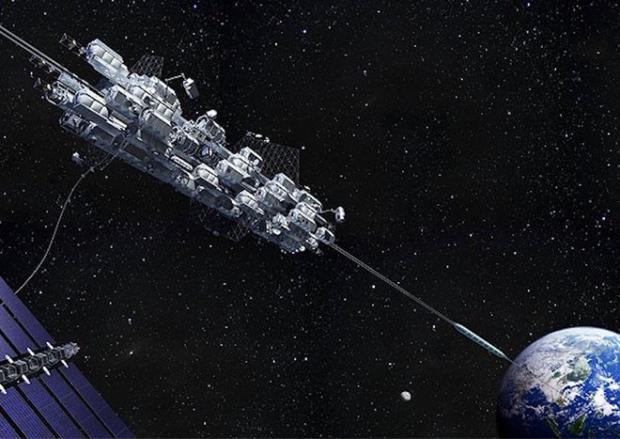
Breaking News
 Silver up over $2.26... Today! $71.24 (and Gold close to $4500)
Silver up over $2.26... Today! $71.24 (and Gold close to $4500)
 GARLAND FAVORITO: More and more fraud from the 2020 election in Fulton County, Georgia...
GARLAND FAVORITO: More and more fraud from the 2020 election in Fulton County, Georgia...
 Rep. Matt Gaetz tells Tucker Carlson that agents of the Israeli govt tried to blackmail his...
Rep. Matt Gaetz tells Tucker Carlson that agents of the Israeli govt tried to blackmail his...
 Trump: We need Greenland for national security… you have Russian and Chinese ships all over...
Trump: We need Greenland for national security… you have Russian and Chinese ships all over...
Top Tech News
 Perfect Aircrete, Kitchen Ingredients.
Perfect Aircrete, Kitchen Ingredients.
 Futuristic pixel-raising display lets you feel what's onscreen
Futuristic pixel-raising display lets you feel what's onscreen
 Cutting-Edge Facility Generates Pure Water and Hydrogen Fuel from Seawater for Mere Pennies
Cutting-Edge Facility Generates Pure Water and Hydrogen Fuel from Seawater for Mere Pennies
 This tiny dev board is packed with features for ambitious makers
This tiny dev board is packed with features for ambitious makers
 Scientists Discover Gel to Regrow Tooth Enamel
Scientists Discover Gel to Regrow Tooth Enamel
 Vitamin C and Dandelion Root Killing Cancer Cells -- as Former CDC Director Calls for COVID-19...
Vitamin C and Dandelion Root Killing Cancer Cells -- as Former CDC Director Calls for COVID-19...
 Galactic Brain: US firm plans space-based data centers, power grid to challenge China
Galactic Brain: US firm plans space-based data centers, power grid to challenge China
 A microbial cleanup for glyphosate just earned a patent. Here's why that matters
A microbial cleanup for glyphosate just earned a patent. Here's why that matters
 Japan Breaks Internet Speed Record with 5 Million Times Faster Data Transfer
Japan Breaks Internet Speed Record with 5 Million Times Faster Data Transfer
Going Up? Waiting for the Space Elevator

The Japanese STARS-Me (Space Tethered Autonomous Robotic Satellite-Mini Elevator) payload arrived at the International Space Station (ISS) on Sept. 27, aboard Japan's robotic HTV-7 cargo spacecraft. The experiment was produced by researchers at Shizuoka University in Japan, in collaboration with Obayashi, a Japanese construction firm.
The experiment is scheduled to be deployed into free space sometime Saturday (Oct. 6) Japan time (which is 13 hours ahead of Eastern Daylight Time), Japanese space officials have said. The test will involve a small box (a "climber") that will move along a cable some 30 feet (9 meters) long, which will be stretched tight between two cubesats. Cameras on the mini satellites will monitor the movement of the motorized box. [Building a 'Pillar to the Sky': A Space Elevator Q&A with Author William Forstchen]

 Advanced Propulsion Resources Part 1 of 2
Advanced Propulsion Resources Part 1 of 2

